What is stamina?
Our class novel is centred around YOU, the hero, and your stamina, luck and skill. But what is stamina? (Ask your child to define it!)
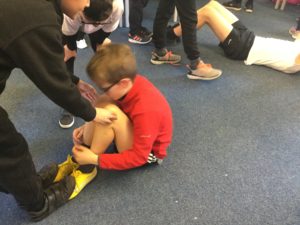
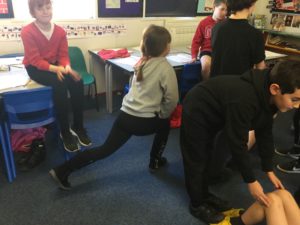

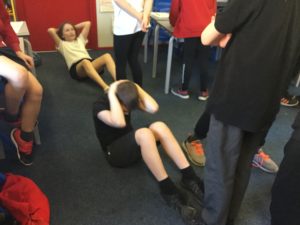
Over the next six weeks, we will be investigating stamina and muscular endurance as part of our PE lessons.
Children chose an activity that they will complete every week. Will they get better with practice? Will they be able to do more repetitions as they get used to the exercise? Will their stamina increase?
“I enjoyed doing loads of things to make us better with stamina so then we can do more activities and sports.” – Henry
“I enjoyed this because I did something I didn’t even know I could do! I did the plank for 5 minutes and 16 seconds!” – Darien
“I enjoyed when we were training with our partners and we didn’t know we could do these exercises but now we’ve tried it and we did it!” – Serenity
Living and Learning: Parent/carer workshops Staying Safe themed week
Thank you to all the parents/carers who have signed up to the workshops on offer next week during our Staying Safe themed week.
There are a few places left if you would like to come along.
Benchball
Some of our KS2 children took part in a come and try benchball event at Roundhay School tonight.
Competing against other local schools, they showed great teamwork and PE skills.
Benchball uses a lot of the same skills as netball and we hope that some of the players come and join the netball after-school club on a Monday – we have a few places left!

Living Streets new badge design competition
We are proud to work with Living Streets to support our aim for active and safe travel to and from school.
WOW is Living Streets’ year-round walk to school challenge and every day our pupils log their daily journeys to school on the WOW Travel Tracker. Those that make an active (walk, bike, scoot or park and stride) journey to school at least once a week for a month earn a WOW badge. There are 11 to collect across the year all of which have been designed by pupils in their annual badge design competition.
Living Streets are now asking for our pupil’s help to design a new badge. Details will be sent home shortly but take a look for some more information. Return your badge designs to your class teacher or the office.
Quick Sticks hockey
Last week, some of our Year 5 and 6 children took part in the Leeds North East Quick Sticks hockey qualifying festival at Allerton High. Well done to all the children involved and thank you to staff and parents who supported the event.





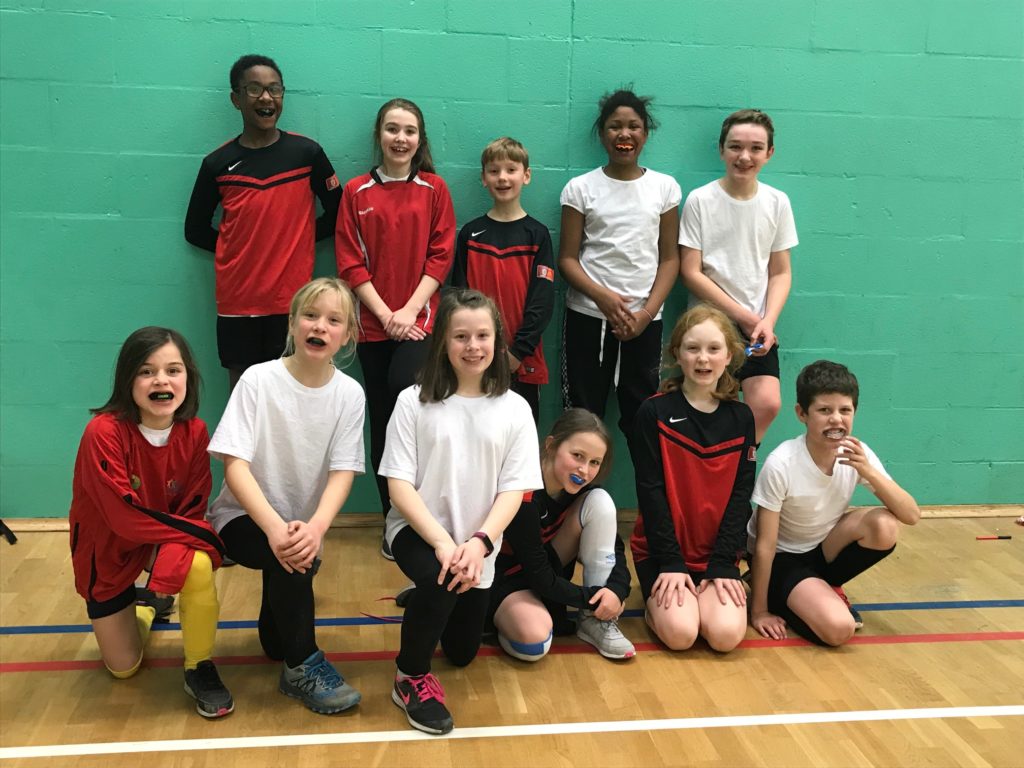
Staying Safe themed week 04 February
Our next whole school themed week, based around Staying Safe, will be taking place from Monday 04 February 2019. The key message is how to be safe in a range of situations – at home, at school, online and in the environment.
A variety of events and visitors are planned to help us deliver this key aspect of education including road and scooter safety (Leeds City Council); water safety (Canal and River Trust and RNLI); bike maintenance (Edinburgh Bicycle Co-operative); staying safe around dogs (Dogs Trust) and e-safety (One Day Creative and d:side). Some of the events require parental permission and these letters have been sent out separately. There are also some opportunities for parents and carers, from all year groups, to get involved in the week. Please contact the office to reserve places.
*THIS WEEK* Thursday 24 January 2:30pm – 3:15pm d:side drug education information session
A representative from d:side, a health education provider, will be running an information session about drug education.
Monday 04 February 2:30-3.15pm One Day Creative, creative education provider, e-safety workshop
Wednesday 06 February Edinburgh Bicycle Cooperative Dr Bike event
Bring your bike for a free bike safety check, from 8:30am – no need to book.
Thursday 07 February 2:30-3.15pm First aid workshop
A representative from Leeds Beckett University, will be running a first aid workshop for parents and carers.
The themed week is a good opportunity to continue to think about healthy, active ways to travel to school. Children are encouraged to travel to school in a sustainable way, keeping safe along the way.
Finally, can you help? Does your job involve an aspect of safety? If you are able to support our Staying Safe themed week by coming into school, please contact Mrs Taylor via the school office.
We will keep you up to date about events during the week through Twitter and the class news pages on our website.
Thank you for your support to keep Moortown a happy, healthy and safe school.
After-school club availability
There’s still time to sign up to our Spring term after-school clubs starting next week.
Please contact the office if you would like to book a place on any of the following clubs which currently have spaces available.
Monday
| Love of reading club
Do you enjoy stories? Join Mrs Charlesworth and delve into books, get into the characters and listen to stories. Share your own favourite stories too. This club finishes at 4.15pm. There are no sessions on Monday 28 January 2019 or Monday 11 February 2019. |
Y1, Y2, Y3 | £12 |
| Netball
Come and learn the skills and techniques of netball in this fun club. Organised by Mrs Taylor and Miss Rushbrooke. This club finishes at 4.15pm. There are no sessions on Monday 11 February 2019 or Monday 04 March 2019. |
Y3, Y4,
Y5, Y6 |
£6 |
Tuesday
| Dance
Join Miss Marsden to learn fun dance routines to perform at a dance festival in April 2019. This club finishes at 4.15pm and continues until Tuesday 23 April 2019. There is no session on Tuesday 12 February 2019. |
Y1, Y2,
Y3 |
£9 |
| Basketball
Come and learn the skills and techniques of basketball in this fun club. Organised by City of Leeds Basketball Club. This club finishes at 4.15pm. There is no session on Tuesday 12 February 2019. |
Y3, Y4, Y5,Y6 | £7 |
Wednesday
| Gymnastics
A fun way to keep fit while learning new skills. Organised by Leeds Gymnastics Club. This club finishes at 4.15pm. |
Y1, Y2,
Y3, Y4, Y5 |
£8 |
Thursday
| Mindfulness
Join Miss Marsden and try a range of mindfulness techniques, both creative and physical. This club finishes at 4.15pm. |
Y1, Y2, Y3 | £8 |
What is a drug?
In Living and Learning, as taken from our long term plan, we will be focusing on drug education for the next two weeks.
Our first statement for this learning is, I know what a drug is.
 Our definition of a drug refers to a substance people take to change the way they feel, think or behave. The word ‘drug’ includes:
Our definition of a drug refers to a substance people take to change the way they feel, think or behave. The word ‘drug’ includes:
- All legal drugs, including tobacco, alcohol, solvents and volatile substances, misused medicines and legal highs
- All illegal drugs
- Prescribed and over-the-counter medicines
On Thursday and Friday of this week, we welcome d:side, a health education provider, to school to deliver drug education workshops to each class as part of this learning.
Parents and carers are invited to come to an information session, led by d:side, on Thursday 24 January from 2:45-3:15pm. Please inform the office if you would like to attend.
We’ve “bin” to the Recycling Centre!
Sorry for the terrible joke – it was rubbish.
Here are a few snaps from our time at the Leeds Recycling and Energy Recovery Facility!

We were astounded by the size of the claw and even more so by all that rubbish! (We were on the seventh floor of the building and the pile went all the way down to ground level and 5 m below!)
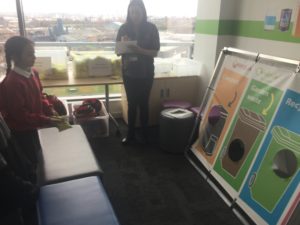
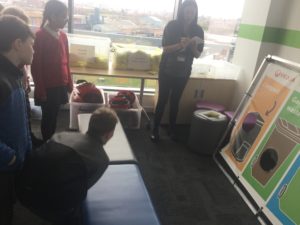
We played a game where you had to throw the rubbish (a bean bag) into the correct recycling bin. It’s tricky to know what’s what, so check with Leeds City Council if you’re ever unsure.

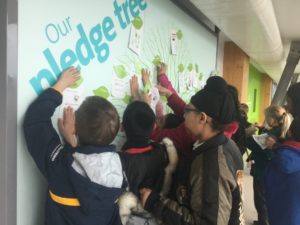
We also made pledges to become Waste Champions and learnt all about their Living Wall; it had around 110,000 plants on it!
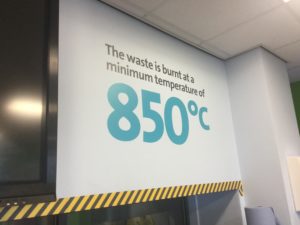
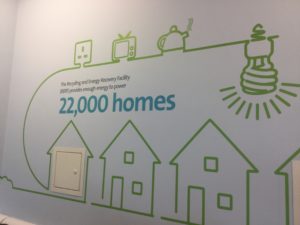
We learnt a lot of facts about recycling from our time at the facility. It’s good to be green!
Watercolour Techniques
This week, we’ve been learning about watercolour techniques (one of our processes of art) using colour (0ne of our visual and tactile elements of art).
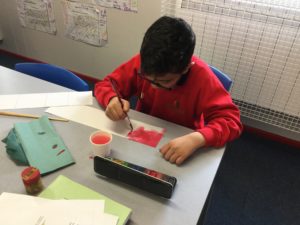
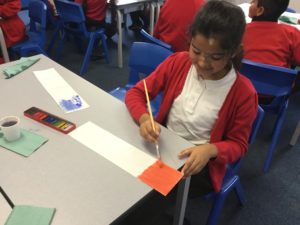
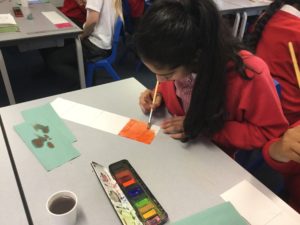
We practised a flat wash, a graduated wash, wet on dry and wet on wet techniques.
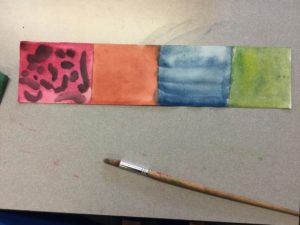
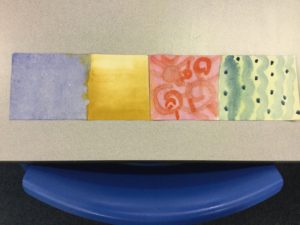
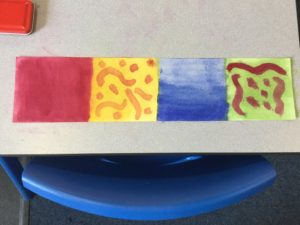
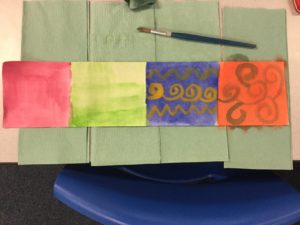
Next time, we will learn a few more techniques before putting what we’ve learnt into a full painting.